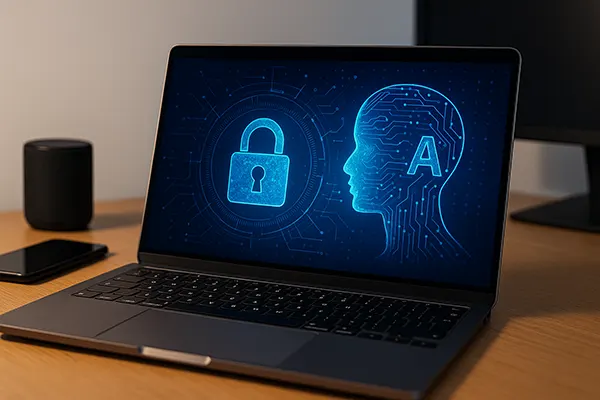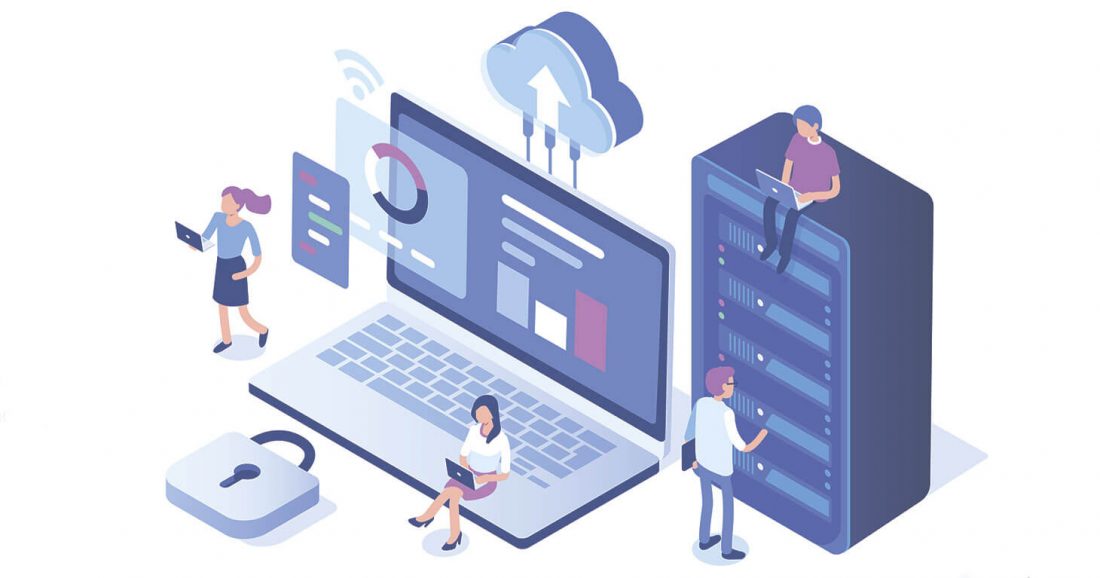
What Is AI Shadow IT and How to Detect It on a Personal Computer
As artificial intelligence tools integrate deeper into everyday workflows, a new cybersecurity risk has emerged — AI Shadow IT. Unlike traditional Shadow IT, which involves unauthorised use of software or cloud services, AI Shadow IT concerns the unregulated and often invisible use of AI tools by employees. Understanding and detecting these hidden risks on personal computers is vital for maintaining both personal and organisational data integrity.
Understanding AI Shadow IT
AI Shadow IT refers to the use of artificial intelligence applications and services without formal approval or oversight, especially in work environments. This includes using AI tools like language models, transcription software, or image generators that are not officially sanctioned by IT departments.
Such tools are often adopted by users looking for productivity boosts or automation benefits. However, they may also introduce security vulnerabilities, data leaks, or compliance issues, especially when connected to sensitive files or internal systems.
The main risk arises from lack of visibility. If an AI tool processes company data or personal information without proper controls, the user and the organisation may be unaware of data storage, transmission or external access risks.
Why AI Tools Go Undetected
Most AI-based applications don’t require installation — they’re web-based, running in browsers, or integrated into everyday tools like document editors. This means traditional endpoint monitoring might not flag them.
Furthermore, some AI tools are embedded within legitimate software or plugins, making them appear harmless. Employees might also use personal devices to interact with AI services, bypassing organisational controls entirely.
This makes detection more complex, as AI activity may blend with normal browsing or productivity patterns. Without specialised monitoring, these tools may go unnoticed for extended periods.
Methods to Detect AI Shadow IT on a Personal PC
Detecting AI Shadow IT requires a combination of manual review and technological assistance. Begin with checking browser history for AI-related domains or tools (like ChatGPT, Jasper, Copy.ai, etc.).
Another method is auditing installed extensions in browsers such as Chrome or Firefox. Many AI-based assistants are embedded in plugins that can access page data or manipulate user input.
Finally, monitor system performance and network activity. Frequent data transfers to obscure or non-standard domains, or spikes in RAM/CPU usage, could indicate AI tool usage.
Tools That Can Help
Security tools like antivirus software with behaviour monitoring (e.g., Bitdefender, Kaspersky) can flag suspicious application behaviour. Some enterprise-grade endpoint detection and response (EDR) tools are now AI-aware.
Free solutions such as Process Explorer or Wireshark help identify active processes and network communications, which may reveal unauthorised AI activity. On macOS, Activity Monitor and Little Snitch offer similar insight.
Using system-wide monitoring can help flag AI tools even when browser-based, especially when tied to file access or background web requests.

Managing AI Shadow IT Risks
While not all AI use is harmful, unregulated usage poses a risk. That’s why organisations and individuals should establish guidelines about what AI tools are permissible and under what conditions.
Setting clear boundaries ensures users understand acceptable use — particularly regarding sensitive data. Encourage transparency: employees or users should disclose AI tools they use to avoid inadvertent security violations.
Finally, staying updated on emerging AI technologies is crucial. Many tools evolve rapidly, and their functionality may shift from simple automation to deep integration, increasing potential risks.
Best Practices for Prevention
Implement a whitelist of approved tools, and regularly update it. Monitor network and device activity to spot anomalies. Educate users about risks associated with unauthorised AI tools.
Enable two-factor authentication on services accessed through AI tools to reduce the chance of credential leaks. Avoid connecting unapproved AI tools to email, cloud storage, or document editors.
Ultimately, maintaining a balance between innovation and security is essential. By detecting and managing AI Shadow IT, users can safely benefit from AI while protecting their data.





